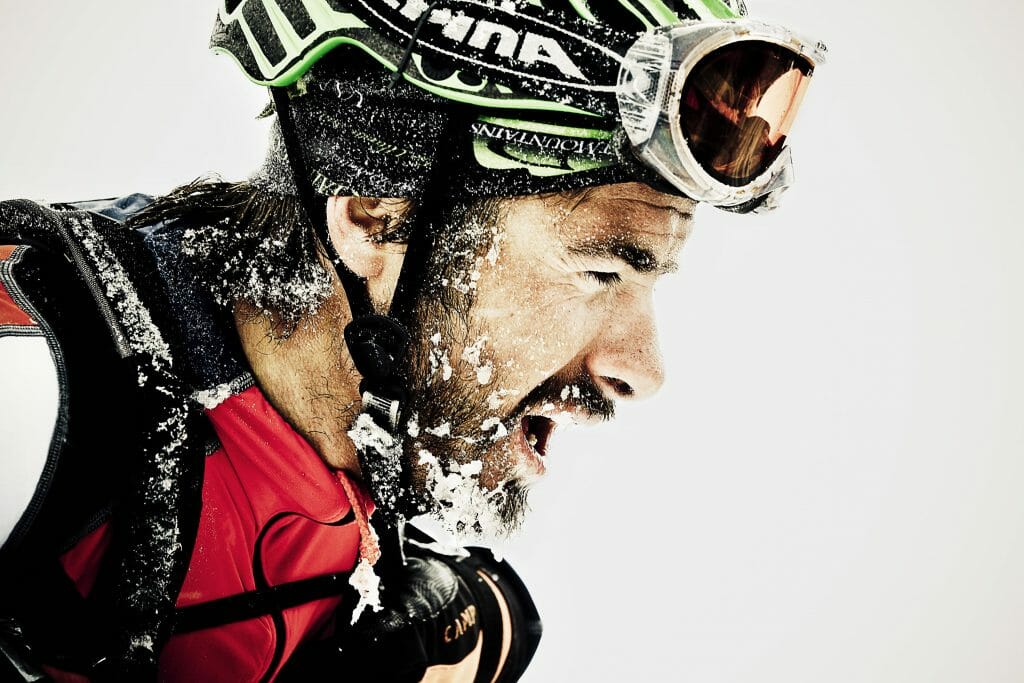I first heard the term “death by threshold” during a session with famed track coach Alberto Salazar at a seminar a few years ago. It’s a trap people fall into when they do a lot of Zone 3 training—middle-to-higher-intensity training (around Anaerobic or Lactate Threshold)—without the sufficient aerobic base to support it.
At first it seems like the regimen is working: you see a rapid improvement in performance, because the adaptations that take place in your glycolytic metabolism are quick to occur. Then after about a month, these steady gains level off. When you hit that plateau, the immediate reaction is to do more—add intervals, increase the intensity. It was working, you reason. If I do more it will start working again, right? But if you keep doing that, your performance won’t turn around. Instead, it will drop off.
It’s an unfortunate and all-too-common circumstance: by trying to escape the hole, you end up digging yourself in deeper.
Death by Threshold Example: High School Cross-Country
A classic example of this is high school cross-country running. Come fall, most of the kids haven’t done all the training the coach prescribed for them over the summer. With three weeks before the first meet, the coach throws them into a bunch of medium-to-hard-intensity interval training. Because they’re young and strong, they speed right up and get better and better for those first few weeks of the season. They go to Districts and place well or put up their best times, then three weeks later at State, they’re done. They can’t get out of their own way.
These teenage runners wonder what happened—how they could lose fitness so quickly—and the coaches are often just as perplexed. Instead of backing off, they pile on more work, maybe upping the number of weekly interval sessions from two to three. Because the kids haven’t cultivated the aerobic support for all that high-intensity training, the added volume further erodes their already weak base. Their performance continues to fall off.

The Downside of Going Hard
In the Uphill Athlete world, we typically don’t deal with people training at that intensity, but there’s still a misconception about what is smart and sustainable when it comes to working toward a performance goal. Many of our clients come to us having grown accustomed to shoehorning their workouts into whatever small slot of time they have: if they can spare 45 minutes, they’ll go out and run as hard as they can for those 45 minutes, and that’s their training for the day. From a health standpoint, that’s not necessarily a bad idea—it’s going to burn calories and make you feel good—but from a performance standpoint, especially if you have long-range goals, that’s not the recommended approach. You’ll get better, but only for a while.
Over the years I have seen this scenario play out many times in various sports. I’ve even experimented with it myself, doing two or three of these hard Zone 3 workouts a week while cutting back on the Zone 1 training volume, just to see what would happen. I got amazingly better from workout to workout for a few weeks, then all of a sudden the gains just stopped and my performance even began to degrade.
It's All about the Base
Think of high-intensity training as a layer that goes on top of a solid aerobic base. If you do the upper-level stuff, you have to have your base in place, and you have to continue to do the big aerobic mileage. Where people go wrong with it—where “death by threshold” sinks its teeth in—is when high-intensity interval training (HIIT) replaces base training. Don’t get caught up in the faulty logic that more Zone 3 and 4 work will yield perpetually linear rewards, because the opposite is true.
If you want to perform well, especially when it comes to a long-duration objective like an alpine climb or an ultra, never lose sight of your base.
Further Reading
Aerobic Deficiency
When and How to Add High-Intensity Training: The 10 Percent Test


1 Comment
Pingback: How to destroy aerobic capacity | Redline Alpine